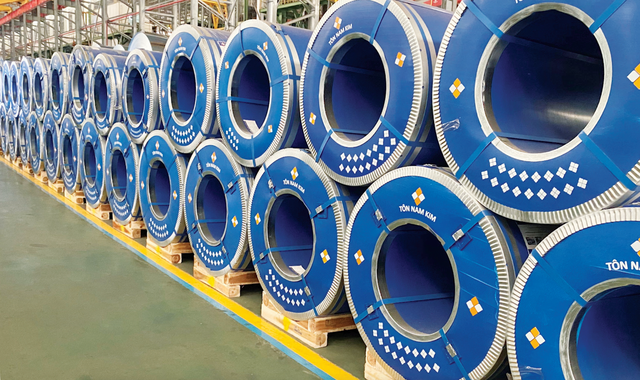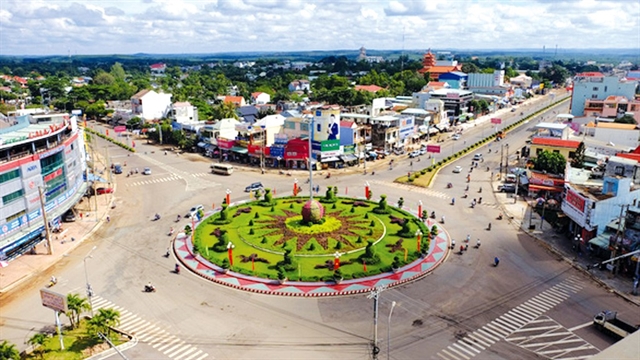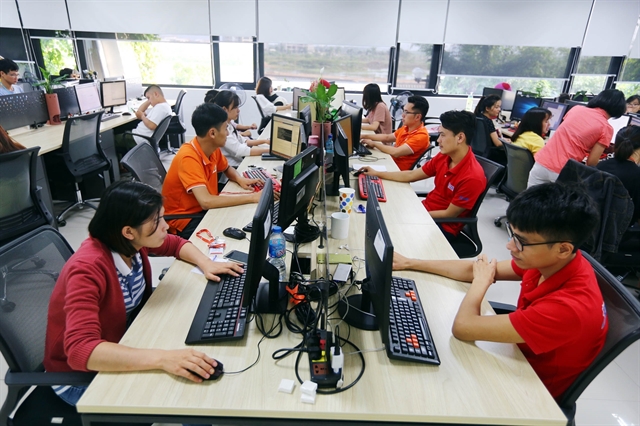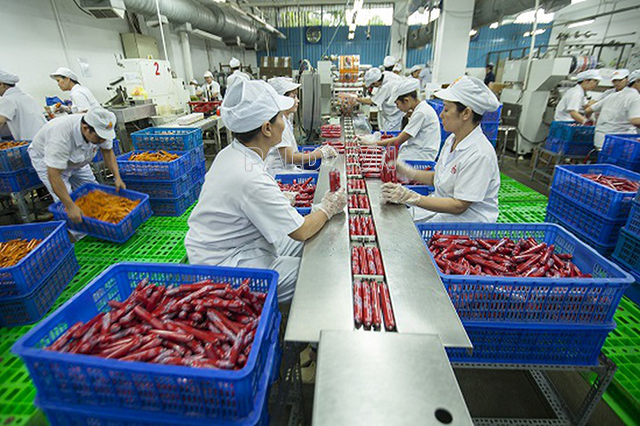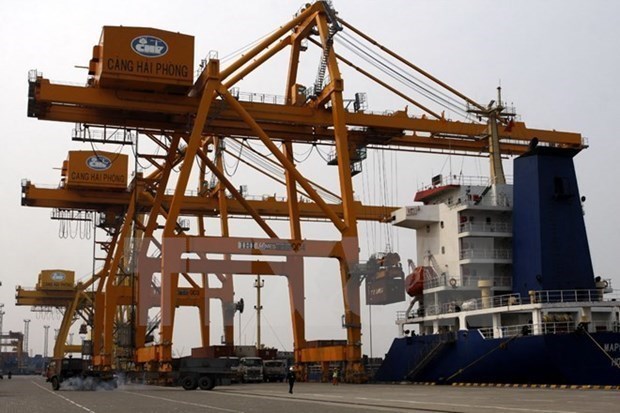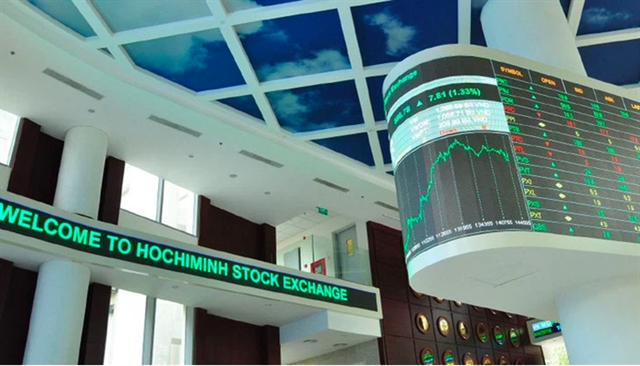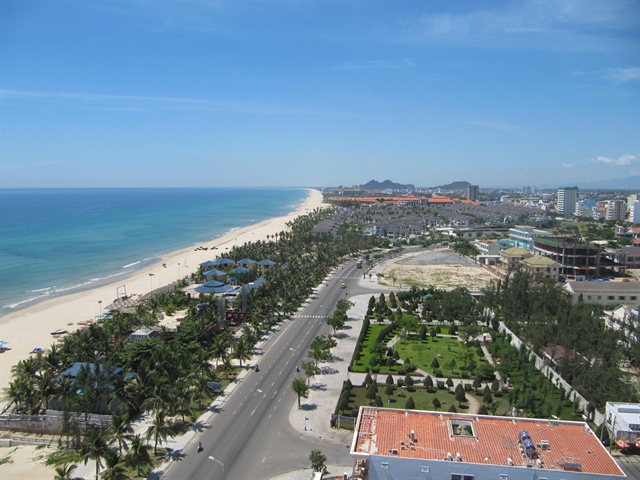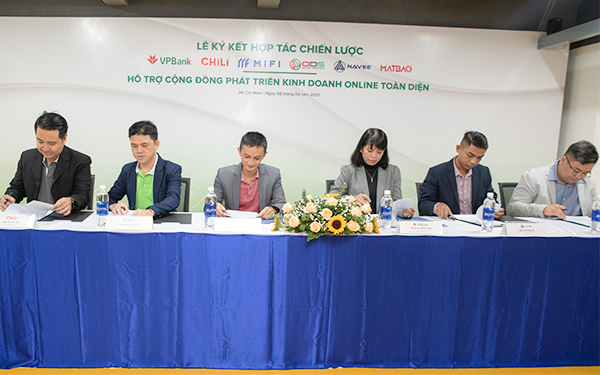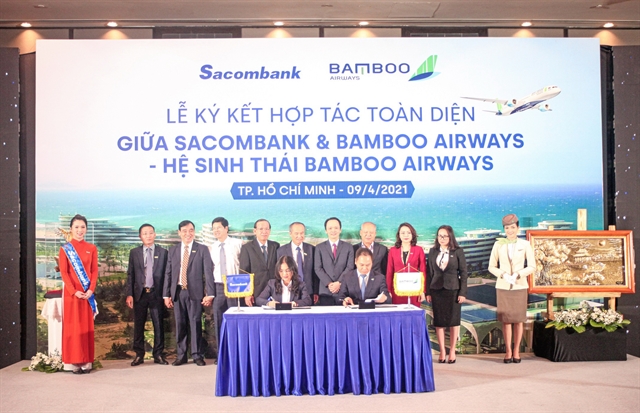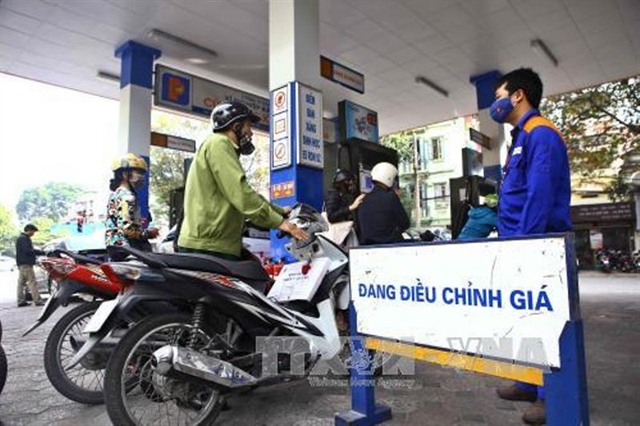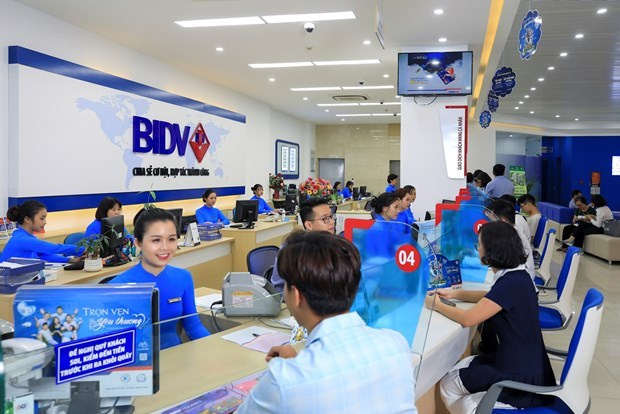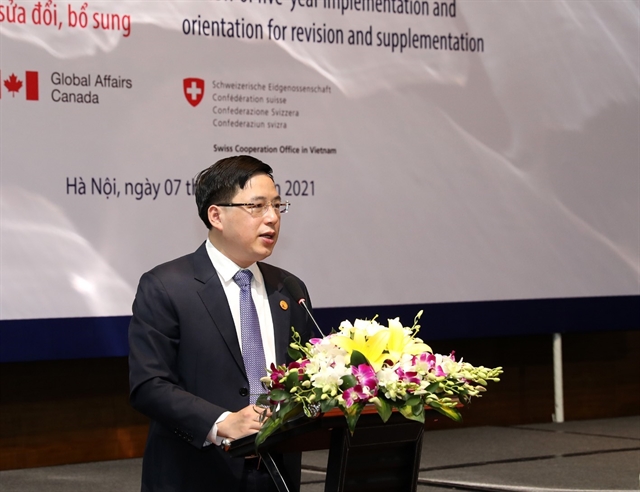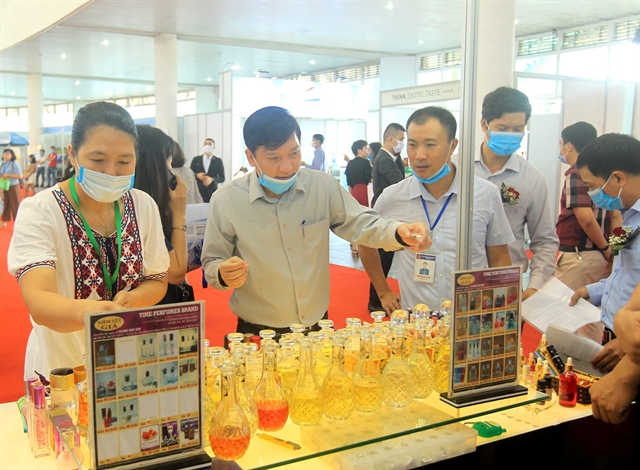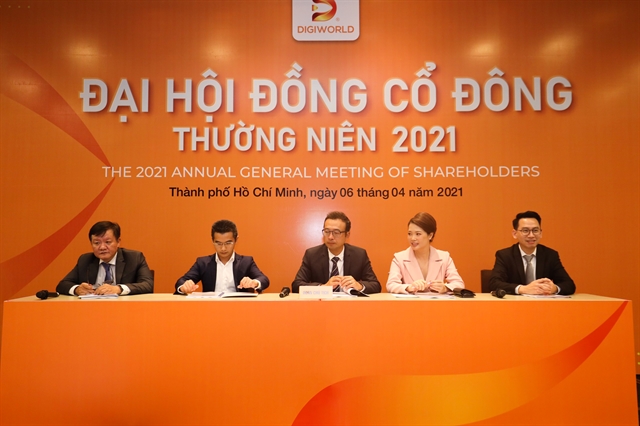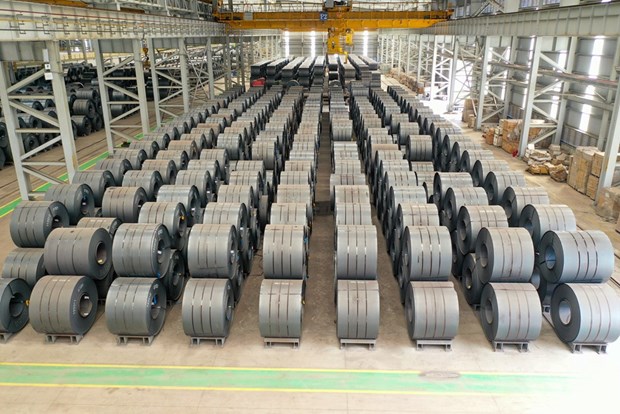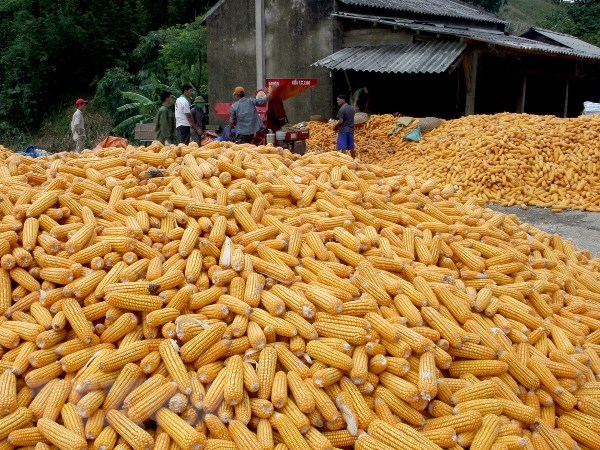
HÀ NỘI — Investment in transport infrastructure in the Mekong Delta is key to boosting exports of local agricultural and seafood products, according to experts.
The Mekong Delta has a lot of development potential, especially for agricultural and seafood exports.
However, exports face many difficulties due to scattered transport infrastructure and a lack of links in the transport system, causing high transport costs and affecting competitiveness.
Nguyễn Thanh Bình, chairman of An Giang Provincial People's Committee, was quoted by the Vietnam News Agency as saying that: "The three bottlenecks of the Mekong Delta region and also the country are in terms of mechanisms, human resources and traffic. Of which, transport is an extremely important factor."
"To develop rice and aquatic production, it is necessary to link the Mekong Delta with other regions through the transport network," Bình said.
According to the Việt Nam Chamber of Commerce and Industry (VCCI)'s Cần Thơ branch, the Mekong Delta's import and export turnover growth in recent years has slowed.
The exports of the region grew on average 11.8 per cent each year in 2010-2018, significantly lower than the national average of 16.4 per cent. Provinces depending on export farming products such as An Giang, Cà Mau, Kiên Giang, Trà Vinh and Vĩnh Long have seen decreased export turnover due to limitations in the agricultural processing industry.
Meanwhile, increased export turnover in other localities has mainly depended on the processing industry such as in Long An and Tiền Giang, or foreign-invested enterprises in some labour-intensive industries like textiles and footwear.
Nguyễn Đình Tùng, general director of Vina T&T Import and Export Company, said the transport infrastructure in the region had significantly improved recently. This had allowed companies to purchase farming and fruit products directly instead of buying through traders.
However, inter-provincial roads still aren't connected well enough, provincial roads were mostly narrow and the highways connecting the provinces and cities with commercial and logistics service centres in HCM City were just in their first phase of development, he said.
According to Trương Đình Hòe, general secretary of the Việt Nam Association of Seafood Exporters and Producers (VASEP), the biggest limitation of the Mekong Delta is a lack of a deepwater port to ship export goods, as the region is the largest producer and exporter of seafood, fruit and rice nationwide.
At present, all export goods must be taken to transit ports in HCM City and Bà Rịa-Vũng Tàu Province.
Transporting cargo to many transit places has added indirect costs, reducing the competitiveness of Việt Nam's seafood products compared to other exporting countries.
Empty containers must be transported from HCM City to the Mekong Delta to pack export goods, and then those goods containers must return to ports in HCM City.
According to Hòe, the Government, ministries and sectors have offered solutions and projects to develop transport infrastructure in the region, but the transport infrastructure network has not kept up with the speed of economic development.
According to Tùng, the region has many shallow seaports to be transit places for deepwater seaports, but these shallow ports have not operated as well as expected.
Enterprises want seaports in the region to be renovated for more efficient operation. If a deep seaport can be built to receive large ships transporting export cargo, it will significantly shorten transportation time and costs.
The development of the transport infrastructure in the Mekong Delta will not only aid exports but also facilitate goods circulation and transport connections between the region and HCM City to attract more investment to Mekong Delta provinces.
Key transport projects
According to the Ministry of Transport, transport infrastructure in the Mekong Delta in 2021-2025 needs about VNĐ57 trillion (US$2.5 billion) to invest in key projects.
Meanwhile, many key infrastructure projects in the region have been completed to form a new traffic route from Cao Lãnh, Đồng Tháp Province to Kiên Giang Province, including the Cao Lãnh bridge, Vàm Cống bridge and roads connecting the centre of the Mekong Delta to other regions.
Chairman of Sovico Group Nguyễn Thanh Hùng has proposed developing the Cần Thơ aviation logistics centre project in Bình Thủy District, including facilities for logistics services, freight station, distribution centre and aviation support service centre.
At the same time, Cần Thơ International Airport needs a cargo warehouse to export agricultural products, seafood products and fruits by air, connecting with other logistics warehouses to gather export goods of the region.
Experts say that to solve the problem of transport infrastructure, the State should focus on projects not only in the Mekong Delta but also in HCM City to help remove bottlenecks in the domestic logistics system.
The VCCI has recommended that specific solutions in regional co-operation, urban planning and infrastructure development should be put in a unified strategy.
At the same time, the State should prioritise consolidating the regional transport system, especially roads on the North-South and East-West routes, including the HCM City - Cần Thơ - Cà Mau route and the Sóc Trăng - Cần Thơ - Châu Đốc route.
Minister of Transport Nguyễn Văn Thể said by the end of 2021, the Trung Lương - Mỹ Thuận expressway would be put into operation and the Mỹ Thuận 2 bridge would be completed in 2023. Meanwhile, the Mỹ Thuận - Cần Thơ expressway would be completed in 2022. Thus, the route from HCM City to Cần Thơ would be a factor to boost the development of the region.
In addition, there are a number of projects, such as the construction of the Cà Mau - Cần Thơ City expressway and the Châu Đốc - Long Xuyên - Cần Thơ expressway. Especially, the project of building the road from Sóc Trăng to the Trần Đề Port is under the process of getting approval on investment policy and it is expected to complete the first phase of the project in 2025. VNS
